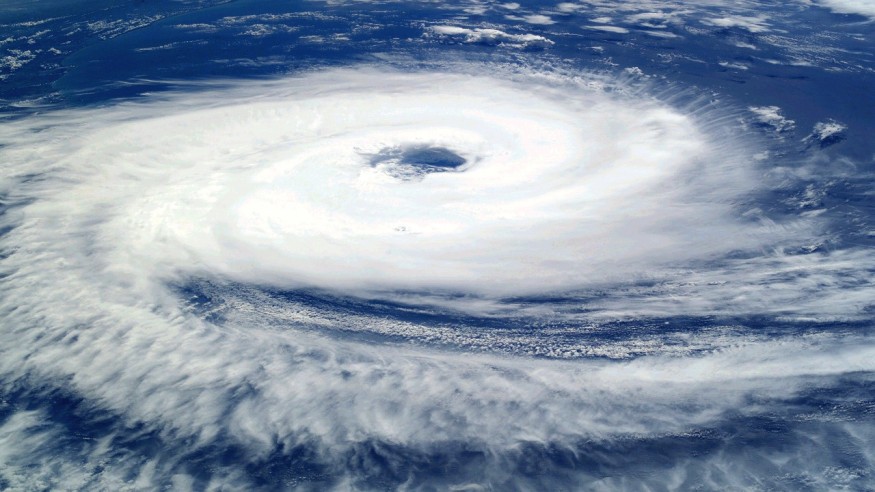
The tropical storm Fay is now barreling the mid-Atlantic region, producing heavy rains last Friday, heading north along the U.S. East Coast, with reports of flooding already coming in.
Most of the areas of the mid-Atlantic region and the northeastern U.S. already have tropical storm watches and warnings, warnings of flash floods, and watches and advisories as the storm rages. The National Weather Service says that Fay will be bringing in heavy rains with the potential for flash floods as well as isolated cases of tornadoes in New England and the mid-Atlantic.
Flooding in the streets has been reported by Stone Harbor locals on Friday morning via Twitter in some areas in New Jersey.
As of the update reported by the NHC (U.S. National Hurricane Center) at 11 AM ET, tropical storm warning is currently in effect in the areas encompassing Fenwick Island in Delaware up to Watch Hill in Rhode Island, and including Long Island Sound and Long Island.
The NHC reported that the tropical storm is currently heading to the north with a speed of roughly 12 mph, at an area 40 miles east from Cape May in New Jersey.
The NHC bulletin describes the path of the tropical storm as north to north-northeast heading, with faster speed forward expected in the next two days. The agency forecasts that Fay's center will move near the coast of the mid-Atlantic from the afternoon to evening, then moving inland still in the mid-Atlantic to the northeastern U.S. tonight and on Saturday.
The bulletin further forecasts that as tropical storm Fay is moving inland, it will also weaken and degrade into a status of a tropical depression on early Saturday, the bulletin said.
The main threat posed by tropical storm Fay is its heavy rainfall, which, according to the NHC, is two to four inches in and around Delaware and northward to New Jersey, then eastern Pennsylvania, to southeast New York, and then southern New England. Some areas, said NHC, will experience isolated rainfall with a maximum of seven inches.
According to forecasters, this heavy rain may trigger flash floods as well as urban flooding in areas having poor drainage. However, it added, significant river flooding is not expected.
NHC says 50-mph gusts of wind in certain areas may be expected. It means the force winds from the tropical storm will extend outward to a maximum of 220 kilometers or 140 miles from its center.
A National Ocean Service Lewes, Delaware Weatherflow station reported a sustained 40-mph (or 65-kph) wind plus a 50-mph (or 80-kph) wind gusts.
According to officials, about nine individuals were rescued last Thursday from the Atlantic Ocean on Long Island near Long Beach. One died, and four were hospitalized.
According to Phil Klotzbach, hurricane researcher from the Colorado State University, tropical storm Fay is the earliest sixth-named recorded storm. Hurricane season at the Atlantic is from June 1 to November 30.
As of this writing, Fay has already made landfall in New Jersey and Atlantic City an hour ago.
© 2025 NatureWorldNews.com All rights reserved. Do not reproduce without permission.





